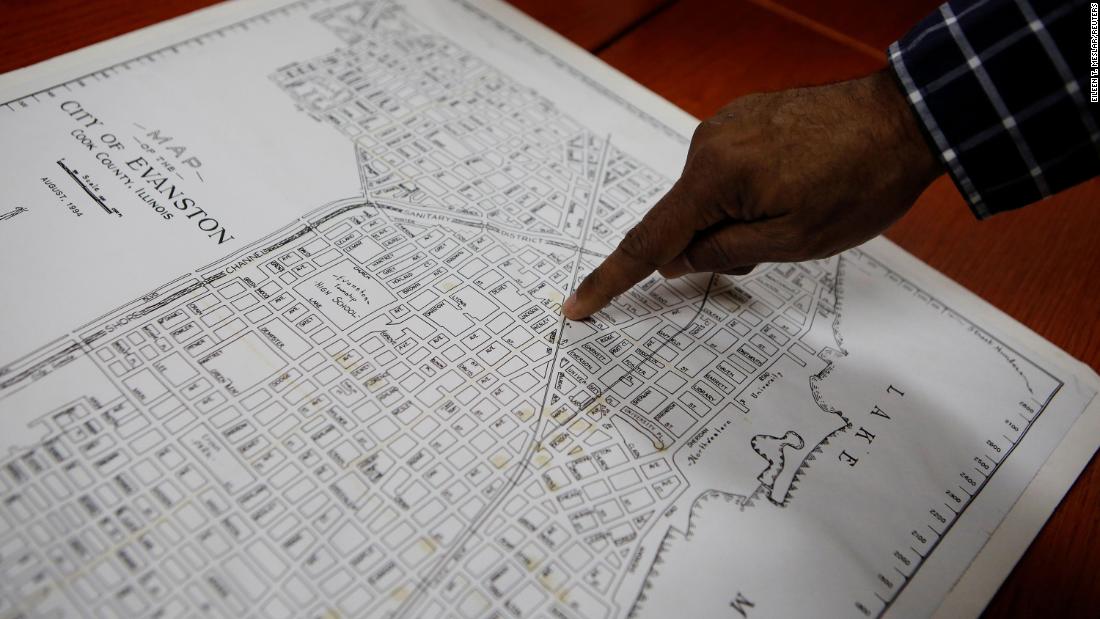
Reparations for Black Americans: Here’s what some state and local governments are doing
CNNEvanston, Illinois CNN — Louis Weathers had a stable job and was married when he decided to buy a home in the Chicago suburb of Evanston in 1959 – but high interest rates and White real estate agents who seemed adamant about keeping him and other Black residents out of certain neighborhoods nearly discouraged him. Kamilah Moore, of the California Reparations Task Force, said she seesreparations “as fulfilling the promises made to her ancestors” in the mid-19th century following the abolition of slavery. “Reparations are comprehensive enough to address all of the ills that still impact the African American community.” From cash payouts to issuing extensive reports and building a bureaucratic system to examine what reparations could look like, here is what some local and state governments have done so far: Evanston, Illinois Robin Rue Simmons, a former Evanston alderman who introduced the idea to the city in 2019, said the Restorative Housing Reparations Program was created to remedy some of the harm caused by the city’s historical anti-Black housing policies. In the early 20th century, real estate agents developed a practice of informal racial zoning, almost exclusively offering Black residents housing on the city’s west side, according to a 2020 report commissioned by the city that details how the city perpetuated discriminatory practices toward Black residents. For others, it was outright slavery.” California One of the largest reparations efforts in the nation is taking place in California, where a statewide task force is expected to become “a model for partners across the nation.” In 2020, California became the first state in the country to establish a state reparations task force and nearly two years later, the panel released its first reportlast month outlining the state’s involvement in slavery and how it continues to harm Black Americans.
History of this topic

Reparations have become the latest target for conservative activists. Advocates say they are prepared to fight back
CNN
Evanston’s groundbreaking reparations program challenged by lawsuit from a conservative activist group
CNNIn California, Black lawmakers share a reparations plan with few direct payments
Associated Press
Illinois city 1st in US to offer Black residents reparations
Associated Press
Illinois city becomes first to offer reparations to Black residents
LA Times
Evanston, Illinois, approves the country's first reparations program for Black residents
CNNDiscover Related





































